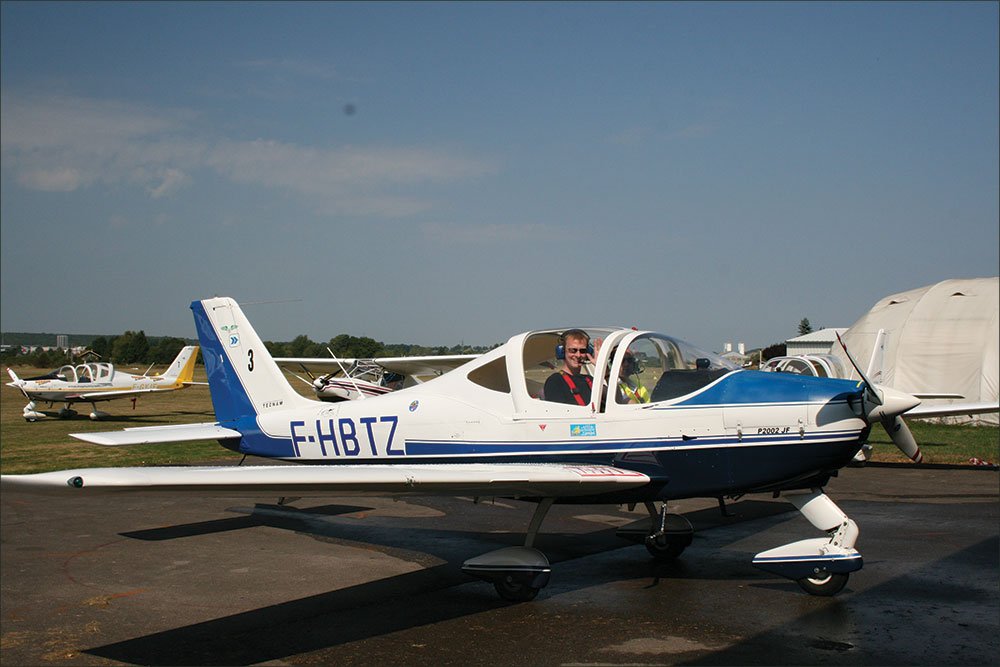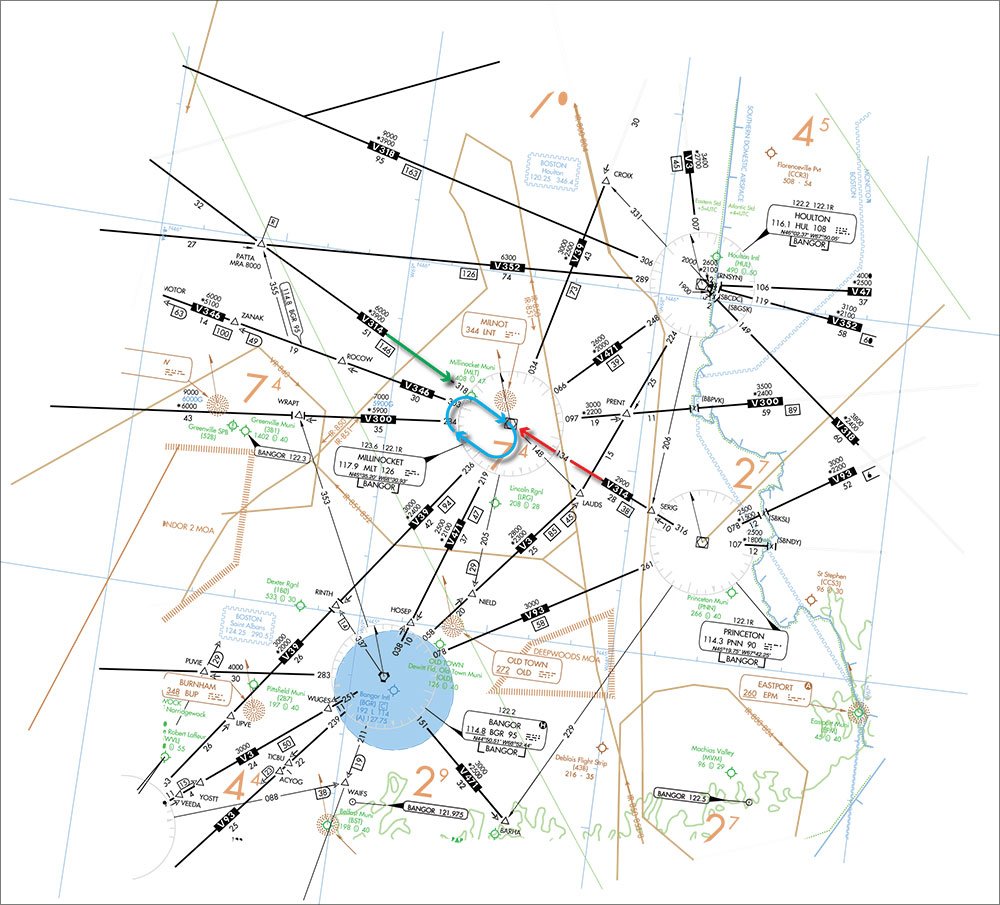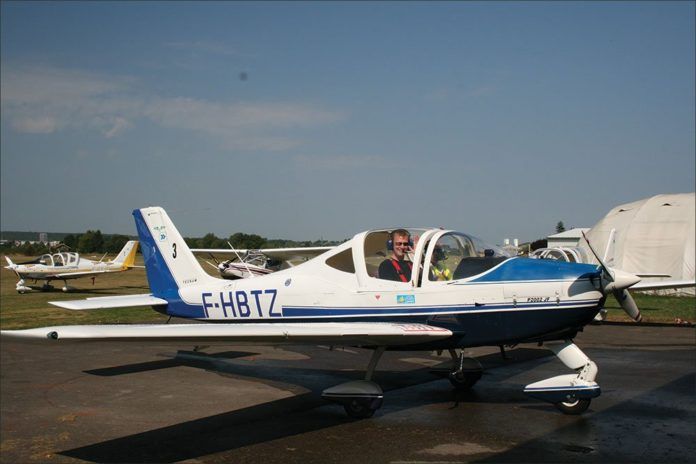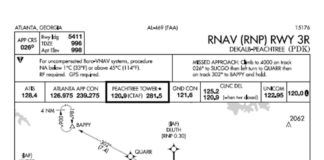GA Fatality Rate
Thank you for reminding us in Deadly Disorientation (November IFR) that by far the most dangerous part of a day spent flying is not the drive to the airport, but GA flying itself. You said, it “regularly kills between one half and one percent of its participants…” The public must know this because so many of them are afraid of “small planes.” Perhaps we pilots should pay closer attention?

However, when you say “regularly” I think you mean annually, right? Also, please clarify your numbers. They seem high.
But this is a nit. Either way, it’s an abominable statistic, especially when you consider that about 200 million drivers kill only 30,000 people per year, about .015 per cent. That’s far better than GA.
No matter what, thank you for creating dialogue on the subject.
Frank Robinson
Santa Barbara, CA
Yes, the accident rates are annual. “Regularly” was used to indicate that it’s a repeatable number (and actually getting worse). The numbers came from the Nall Report and they used active pilots in personal aviation, excluding the commercial sector of GA. As you point out, though, no matter how you view the statistics, our acccident rate is far too high, as the NTSB has recently stated. Again.
What’s That Radial?
On page 18 of the November IFR, you published the HUT ILS RWY 13. I don’t understand the middle lead radial from the west however. The first LR is 321 and the third LR is 336 which makes sense. The middle radial of R-229 I can’t work out. I am wondering if in fact the “L” is missing and the “2” should be a “3” making it LR 329?
Garry Zauner
Lavington, NSW, Australia
No and yes. No, that’s not missing the “L” because it’s not a lead radial. It identifies the OSNIE intersection. But, yes, the radial should be 329, not 229. This was corrected in the next chart cycle.

GA On the Other Side
I thought you’d appreciate a reminder about how lucky we are in places where GA is still useful as well as recreational.
I was visiting friends in Epinal, France and thought I’d check out the local airport. I decided to spend 85 euros on a scenic flight and got to do most of the flying, even though my pilot was not an instructor. The Tecnam we flew is a great little plane that flew nicely.
The French have a good network of recreational flying clubs. I could spend the rest of my life working at this little strip—Aeroclub Vosgien, in Dogneville, France. They have about 6 powered aircraft (the biggest was a Robin, although they also have a Rallye for glider towing), a soaring club and a busy R/C club at the other end of the field. Most everyone who works there is a volunteer except the chief pilot. At night they lock up the planes and open the bar.
But, it doesn’t look like flying as a means of transportation is on the menu. Sure, they make trips to other fields for the 100 euro coq au vin or whatever, but I didn’t see anyone firing up a plane, filing IFR, and using the plane to transport themselves somewhere else. I think that’s for the big boys in France, if not the whole rest of Europe.
Rick Sanders
Via e-mail
Unpublished Holds
In the November, 2012 IFR, Jeff Van West says that when the hold is issued, step one is to get down the instructions. My instructor taught me that the first step was to throttle back to a much slower airspeed because it is pointless to fly a hold at cruise airspeed. Slowing would give us more time to get the instructions and get oriented.
Tom Pearson
Houston, Texas
Good point. Which you do first is up to you. Just don’t get so busy adjusting speed that you miss the instructions. Also, don’t forget to tell ATC of your speed adjustment.
In “Unpublished Holds” you state that with R-318 the inbound will be 158 degrees. To me, it looks more like 138.
There is also the trick of (on standard holdings) subtracting 30 from the outbound, giving you the teardrop for outbound control and subtracting 60
from the teardrop to give you the 90 abeam.
Even with the occasional mistake, I enjoy each issue and learn a lot.
W. Clark Robbins
Antwerp, Belgium
I always find useful and extremely helpful articles in your consistently excellent magazine. They keep IFR private flying aficionados like me on our toes.
However, I am a little confused by “Unpublished Holds” in Volume 28 No. 11, November, 2012. If I were in fact flying along V314 to the MLT VOR, would I not be flying inbound on a 138 course to the MLT VOR? And if so, after making a direct entry to the hold as instructed, why would I hold on that radial with an inbound course of 158 (per the article) instead of 138?
Also, I will certainly miss Jeff Van West but hope for continued valuable contributions from him.
Thomas Williams
San Antonio, Texas
We miss Jeff too, particularly after a goof like that and all the e-mail we got. And, no, we’re not letting him off the hook that easily. Expect the occasional article from him.
You are correct. The repeated citing of 158 as the holding inbound course was a simple arithmetic mistake made in a hurry. (Uh, don’t try this at home. We’re trained professionals.)
This mix-up has nothing to do with Jeff being our former editor, but both he and Production Editor Lane-Cummings have been spanked. They’ve filed their NASA ASRS forms, making them immune from further prosecution.
Digital Media
I’ve long been a subscriber to IFR and it’s time to renew. Are you going to start publishing a digital media product? We are in the era of digital media. With so many of us using tablets to assist with our flying chores, digital versions of IFR would be welcomed.
I’d rather carry my magazines with me in my iPad and have them all available at any time. Can you tell us what’s in store?
Chris Toeppen
Via e-mail, of course.
We get these inquiries less frequently than you might think, but the idea certainly has merit. It remains under consideration with no specific plans. The challenge centers on the burdens of parallel production and distribution processes and finding economics that work for everyone.
Don’t hold back. E-mail your thoughts, comments, suggestions and, yes, even corrections to [email protected]. Please include your location.





